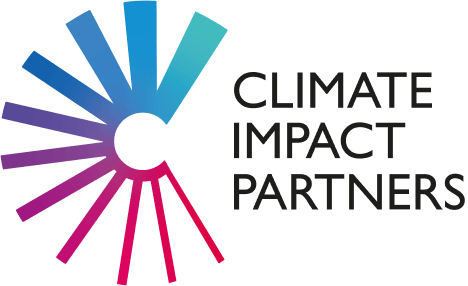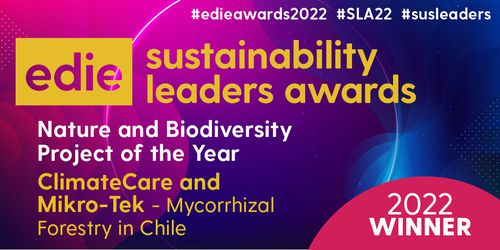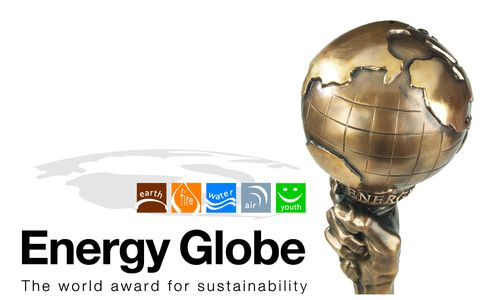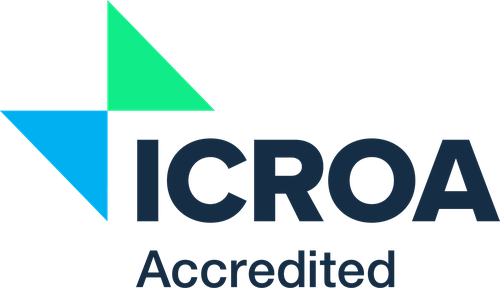As clients consider the pathway to net zero, some have chosen to invest in their own project development. As a leading nature based solution project developer, we use our expertise and experience to help our clients find the right projects, manage the risks, and navigate the complexities – enabling them to meet their climate and impact goals.
We work closely with our project partners and regularly visit the projects we are developing to understand first-hand the local context and needs, what’s working, the challenges, and the impact they have on communities and carbon emissions. Our CEO, Sheri Hickok, Director of Global Client Engagement, Melissa Vernon, Head of our Nature Based Solutions technical team, Valerie Morgan, and Allison Bain, Global Lead for Ecosystem Asset Sales, from PUR -our project implementation partner- share their insights following a recent visit to an agroforestry project in Indonesia.
What are the project goals and how will it achieve this?
“The project we visited is an agroforestry project in Indonesia and draws upon a strong network of cooperatives and NGOs reaching farmers in remote areas there. The aim of this project is to plant just over three million trees, split between high-value timber and fruit trees, across hundreds of smallholder farms. It is a project spanning four very diverse regions of Indonesia – requiring careful planning and implementation to ensure success. As a result of the different crop types, many interesting and different planting methods are used to generate the best yield.
“Not only will this project sequester CO2e, but it will also provide a new sustainable source of income to the farmers through the fruit trees, reduced soil erosion, and increased soil fertility.” Valerie Morgan, Head of Nature Based Solutions Technical Team
Why is it important to visit projects in person?
“Working with our organization provides a unique opportunity for clients to witness the challenges faced by farmers and communities in rural areas. The experience of seeing these challenges first-hand can be truly life-changing. It also helps to contextualize the work we do and why we approach each stage of the project in a certain way. By engaging directly with stakeholders, we gain insight into the specific needs of each community and can design projects tailored to those needs, creating long-term change and making a real impact.” Allison Bain, Global Lead for Ecosystem Asset Sales, PUR
“During these visits, we are representing our clients, those who are providing critical funding to ensure the financial viability of these projects. We understand what our clients are looking for and can ensure their funds are being deployed in the most responsible, efficient, and effective way to achieve the outcomes we are targeting - both CO2 avoided, removed, or sequestered, and social and community impact.
“We're in regular contact with our project implementation partners on the ground but, for us, it's a real priority to meet with people face to face - farmers, community members, cooperatives, and NGOs - to get in-depth local context. We also want to understand how projects are being monitored and meet the people who take on that role.
“As science and technology progress, more digital tools become available to us, which is important for our remote monitoring, however, no technology can replace the value of face-to-face meetings and building these important relationships.” Melissa Vernon, Director of Global Client Engagement
What do you think are the most interesting elements of this project?
“This project has so many additional benefits beyond carbon– by changing traditional farming practices to incorporate agroforestry, the project has the potential to change the way farmers have been tending their land – increasing biodiversity, restoring landscapes, while increasing economic yields from farms. The value of the trees being planted on farmers’ land equates to one to two months of local salary. In other words, this kind of practice would not be possible without this project and carbon finance.” Valerie Morgan, Head of Nature Based Solutions Technical Team
“I'm really excited about the many community benefit activities that were uncovered during our visit. These activities support long-term permanence—female empowerment like agri-business training or reserving specific roles on the project for women, soil health and productivity activities like community composts and vermiculture, and support for water access such as wells, water catchments, or drip irrigation systems. These activities show the communities that we are long-term partners who want to support them over the entire life of the project, not just the early years when tree planting is taking place.” Allison Bain, Global Lead for Ecosystem Asset Sales, PUR
“The diversity of individual farm parcels and how farmers are incorporating trees into their planting was incredible to me. I live in the mid-west of the US, where there is a lot of agriculture across big farms (thousands of acres), typically they are monoculture farms - rows of corn, rows of soybeans. The farms in Indonesia were around 2.5 acres and farmers were growing a fantastic mixture of crops simultaneously - chillis, bananas, avocados, corn, potatoes.” Melissa Vernon, Director of Global Client Engagement
What did you learn from the visit?
“This was my first project visit, and I was really excited to get out in the field. I am a mechanical engineer (I learn best by being hands-on) and I thought this visit would be akin to one of the many windfarm visits I have been on around the world - it was not like that at all. It was far more complex than I imagined, I may know about installing a wind turbine but planting a tree is far more nuanced, it is part of our living surroundings, not just something that is engineered and executed. The complexity showed up from the first moments when we had to travel to very rural locations to visit just one of the hundreds of landowners.” Sheri Hickok, CEO
“This visit really brought home to me just how much work goes into delivering just one tonne of carbon, and we can’t take that for granted. I listened to Valerie as she asked in-depth questions of every stakeholder we met with, drawing upon her experience and deep project development expertise to ensure the project’s success.” Melissa Vernon, Director of Global Client Engagement
Why do companies choose to finance projects like this?
“Investing in projects helps companies secure their future supply of carbon credits, manage their budgets and build closer relationships with the communities they impact. Our clients understand that climate change is impacting those often least responsible for, yet most impacted by, climate change and so solutions must involve and impact those communities positively. They know how critical it is to step up and invest in solutions that will deliver climate, nature, and social benefits simultaneously.
“The farmers we visited rely on the land to live and are experiencing climate change's impacts –variability of temperatures, floods, droughts, and a changing range of pests. Climate change is not something that will create issues further down the line, it is impacting people now and, in this case, the ability for these farmers to have a reliable agriculture practice." Melissa Vernon, Director of Global Client Engagement
What is the community impact of this project?
“The visit to me showcased the power and potential of communities and the amazing scale that can be achieved if communities are empowered and given the right resources. The success of the project wholly lies in the farmers taking care of their seedlings and trees and being connected to the programme and community. To maintain momentum and continue to improve the livelihoods of farmers, this project will also provide additional Community Benefit Activities, such as vermiculture, composting, and providing processing facilities amongst others, to provide additional sources of income.” Valerie Morgan, Head of Nature Based Solutions Technical Team
“The most important thing I learned was that this is not a push to the communities, but rather a pull from them. The local farmers and families were so engaged and happy with this project and their main ask was for more trees to develop it further. This showed me that there was real value for them in participating, beyond the money paid for trees. It really highlights what can be achieved when you develop high quality projects with integrity and community partnership at the heart.” Sheri Hickok, CEO
“The excitement and enthusiasm for the project was palpable. The farmers, NGOs, and cooperatives working with the farmers across the different regions, consistently shared their desire to plant more trees, get more farmers into the programme, and to create more community engagement activities to support the work the farmers are doing.” Melissa Vernon, Director of Global Client Engagement
International Women’s Day was during the visit, what did you do to mark the day?
“International Women’s Day happened to fall on the day we (a group of women) were speaking directly to different women leaders of the cooperatives we met. We wanted the women to be seen and feel heard. We had a great session with them on what they, as women, would need most to be even more empowered. We discussed language training, community farming, and education as key activities to give them financial autonomy and a contributor to the household.” Valerie Morgan, Head of Nature Based Solutions Technical Team
“Well, I marked it with a few tears…my daughters would be the first to say, “no surprise, Mom!” It was extremely special to be with women from around the world, from different backgrounds, sharing their experiences, and the opportunities they are seeking – access to education, opportunities to improve their economic position for their families, communities, and themselves, now and in the future, and maybe even more basic - to be heard.” Sheri Hickok, CEO
“I've been working in corporate sustainability for over twenty years, and I've seen many women take an early lead in this space so, to me, any opportunities we can take to support, empower and learn from other women in climate must be grasped with both hands.” Melissa Vernon, Director of Global Client Engagement

We're in regular contact with our project implementation partners on the ground but, for us, it's a real priority to meet with people face to face - farmers, community members, cooperatives, and NGOs - to get in-depth local context.

This project has so many additional benefits beyond carbon– by changing traditional farming practices to incorporate agroforestry, the project has the potential to change the way farmers have been tending their land – increasing biodiversity, restoring landscapes, while increasing economic yields from farms.

It was extremely special to be with women from around the world, from different backgrounds, sharing their experiences, and the opportunities they are seeking – access to education, opportunities to improve their economic position for their families, communities, and themselves now and in the future.
The Latest Insights From
Climate Impact Partners

Buying Smart: How to Avoid the Carbon Credit Crunch
As carbon markets evolve, demand for high-integrity credits is set to outpace supply as early as 2030—with some buyers already feeling the squeeze.
Read more
SBTi Net Zero Draft V2.0: Your Key Questions Answered
Climate Impact Partners experts answer key questions on the SBTi's draft Corporate Net Zero Standard V2.0.
Read more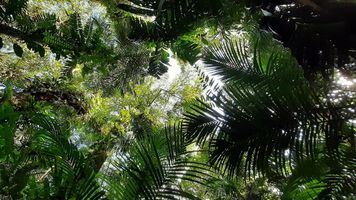
Navigating the SBTi's Proposed Net-Zero Revisions: Implications for Carbon Credits, Removals, and BVCM
An overview of the key updates from the SBTi’s proposed Corporate Net Zero Standard (V2.0) and implications for carbon credits.
Read more